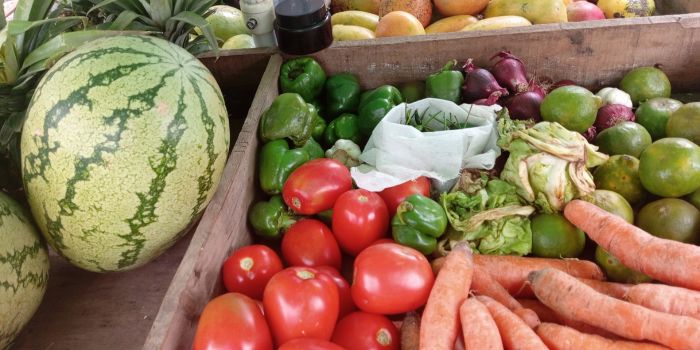Consumers brace for tougher times as report shows global rise in food prices

Ideally, when agricultural, cereal and export price indices increase, it often signals a rise in the cost of essential food commodities like grains and cereals.
Consumers, mostly in import-dependent low- and middle-income countries such as Kenya, could be staring at tougher months ahead as the latest food security report highlights a concerning rise in food commodity prices.
The monthly analysis by the World Bank shows that since the last update in December 2024, agricultural, cereal and export price indices have risen globally, closing 3.0, 3.0, and 4.0 per cent higher, respectively, as of January 17.
More To Read
- KNH invests Sh7.6 million in solar energy to lower electricity bills
- Inflation holds steady at 3.8 per cent in June despite price pressures
- World Bank urges Somalia to strengthen revenue efforts to support economic stability
- World Bank: Poverty reduction in Africa stalls as widening inequality slows economic progress
- World Bank: Africa remains biggest development challenge despite 25 years of progress
- Foreign direct investment inflows to developing nations fall to 18-year low, threatening job growth - report
Ideally, when agricultural, cereal and export price indices increase, it often signals a rise in the cost of essential food commodities like grains, cereals and other agricultural products.
The price hikes then lead to higher production costs for food manufacturers, who will then pass on the burden to consumers.
As a result, basic food items such as bread, rice, and other staple goods become more expensive, directly affecting household budgets. Countries that rely heavily on food imports, such as Kenya, are prone to even sharper price increases.
This is mainly because the cost of importing these goods rises alongside global commodity prices.
The update offers a country-by-country analysis of food inflation, with Kenya's report revealing a trend that could arguably serve as a warning to consumers about future price increases.
While the country's food inflation eased from a peak of 7.9 per cent in January last year, it steadily rose over the three consecutive months leading up to December 2024.
It increased from 4.3 per cent in October to 4.9 per cent in December, and the broader global food commodity price trend indicates that consumers in the country may encounter a difficult path ahead.
Rising cost of living
The figures and prospects mirror the monthly general inflation update by the Kenya National Bureau of Statistics (KNBS), which says the country's general cost of living has risen consecutively in the past three months to January 2025.
The figures from the statistics body show the country's inflation stands at 3.3 per cent as of January, after rising from 2.7, 2.8, and 3.0 per cent in October, November, and December 2024, respectively.
Although the level is below the statutory midpoint target of 5.0 per cent, the World Bank says the current domestic food price inflation in most developing nations remains moderately high.
"Information from the latest month between September and December 2024 for which food price inflation data are available shows high inflation in many low- and middle-income countries," the lender said.
This is due to inflation exceeding 5.0 per cent in 72.2 per cent of low-income countries, which has increased by 3.4 percentage points since the last update on December 13, 2024.
Besides the affordability concerns, the lender highlights that the rising commodity prices would dent the progress of poverty reduction in most developing nations.
Top Stories Today














































